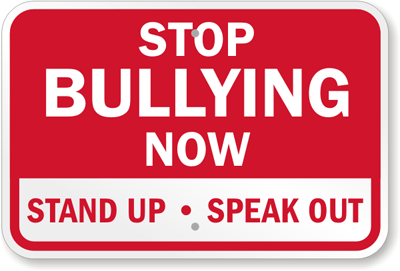Steve and I have been working with clients for nearly twenty years, helping them focus on what’s important when they are surrounded by irrelevant data and daily distractions. Here are a few tips that will help you get some real work done:
- Get dressed. OK, maybe you don’t need a suit and tie. But schedule at least one early and one later-in-the-day video call, to incentivize yourself to “dress up and show up”.
- Make a list of things you want to get done, then prioritize. Get it down to ONE. If you can do this one thing, you’ll feel like you’ve accomplished something. Then start it. When you’re done, reprioritize based on current information, and start again.
- Work in short spurts of about 25 minutes (read up on the pomodoro technique). In between, get some oxygen – go out on your balcony or stride around the room, just get air for a minute or two. In between, give yourself two minutes, no more, for one of the following.
- Schedule two minutes for news and social media consumption – endless scrolling, scrolling, scrolling might have been amusing last week, but if this is our new modus operandi for a month or more, that will get old, PDQ.
- Read something that is business-y, but unrelated to your vertical or domain, and then figure out the connection.
- Drink a big glass of water.
And every time, before you sit down to work again, please, wash your hands.
Stay safe out there, people. Keep your distance. Don’t touch me, and I won’t touch you. If you need help with your business, or planning a new one, let me know. You can also find us on Twitter: Steve or Megann. We’re also on LinkedIn or Facebook. Under the Store tab, you can join a MasterMind group or explore coaching with us. Or you can just wait for news to arrive in your inbox, on Friday afternoons. (Just in case you’ve lost track of what day it is).








